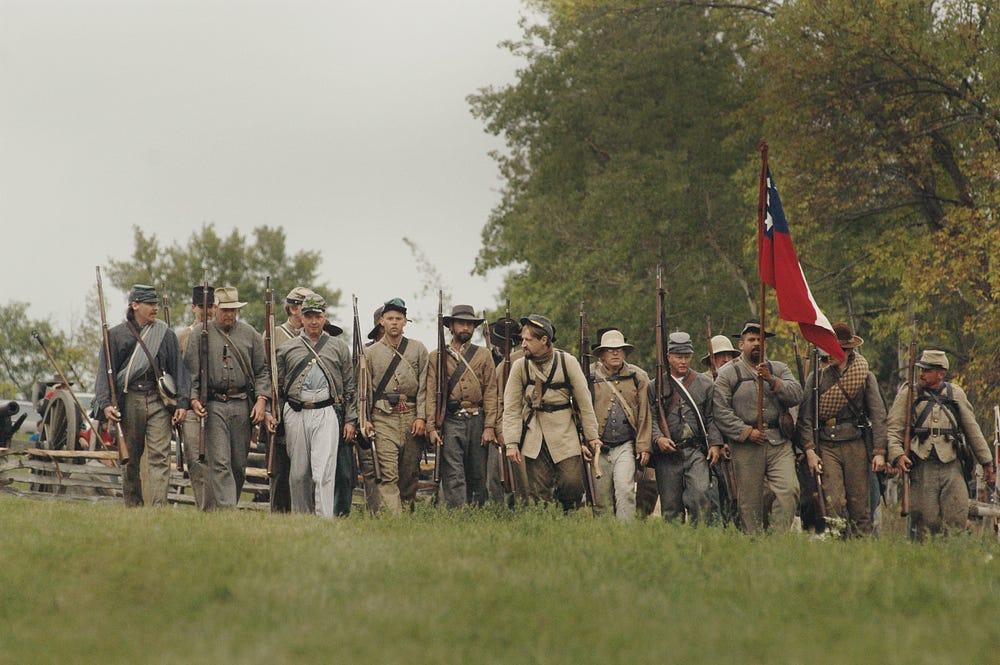
Amendment II of the US Constitution, generally referred to as the “Right to bear arms” amendment, is a concise one-sentence paragraph containing, one would presume under the circumstances, twenty-six carefully chosen words:
“A well regulated Militia, being necessary to the security of a free State, the right of the people to keep and bear Arms, shall not be infringed.”
The Constitution, which laid out the three branches of government and their respective powers and duties, was ratified on September 17, 1787. Two years later, James Madison proposed the language in the Second Amendment. It was adopted with the First Ten Amendments as the “Bill of Rights” in 1791.
The first word that jumps out is Militia, a late 16th-century word that means military service. About two hundred years after the term Militia appeared in the European lexicon, Madison, a constitutional framer, and future President of the new nation, believed there was a need for a civilian-military force.
Madison sought to ensure that if the federal government did not adequately supply state militias with arms and munition, each state could organize a militia force to protect its boundaries.
A Militia is a military force raised from the civil population to supplement a regular army in an emergency. Simple enough, one would think.
In the days leading up to the First Civil War, the Southern States called up their militia units to wage war against the United States of America. After the war, those civilian units did not survive, and the USA instituted the National Guard Units utilized in every State today.
Amendment II provided a way for each State in the newly formed government to protect themselves from an enemy attack. States bordering the Atlantic Ocean were subject to attacks from the British and needed a way to defend themselves before federal forces could arrive.
The language “keep and bear Arms” suggests that Amendment II protects gun ownership and the right to “bear,” therefore, carry “Arms” for the express purpose of securing the freedom and autonomy of a free State.
Nowhere does Amendment II give a citizen the right to bear arms in protest of the legitimate function of a free State or the federal government?
The mere presence of an armed civilian Militia surrounding a free State or Federal government building is antithetical to the constitutional protections found in Amendment I and Amendment II.
Armed civilian Militias can only be viewed as an act of terror to coerce a free State or the federal government into a course of action at the point of a gun. Thus, armed civilian Militias should be perceived and treated as occupying forces bent on toppling democratically elected State and Federal officials.
If the Militias are protesting, what are they protesting, the continued existence of the democratically elected government?
It is ludicrous to allow armed civilian-military units to encamp around government buildings. Simply put, there is no State or Federal emergence that requires the deployment of a civilian Militia force.
Additionally, these forces are gathering not to put down an attack on the government because the government is not under attack, except the operational attacks carried out by this unwanted and unneeded civilian-military. The Constitution does not permit these civilian soldiers to conduct military exercises in the USA.
It’s half past time to put an end to the terrorizing of state and federal government by what can only be described as bloody wretched curs.
Harold Michael Harvey is the Living Now 2020 Bronze Medal winner for his memoir Freaknik Lawyer: A Memoir on the Craft of Resistance. He is a Past President of the Gate City Bar Association. He is the recipient of Gate City’s R. E. Thomas Civil Rights Award, which he received for his pro bono representation of Black college students arrested during Freaknik celebrations in the mid to late 1990s. Harvey is an engaging public speaker. Contact him at [email protected].